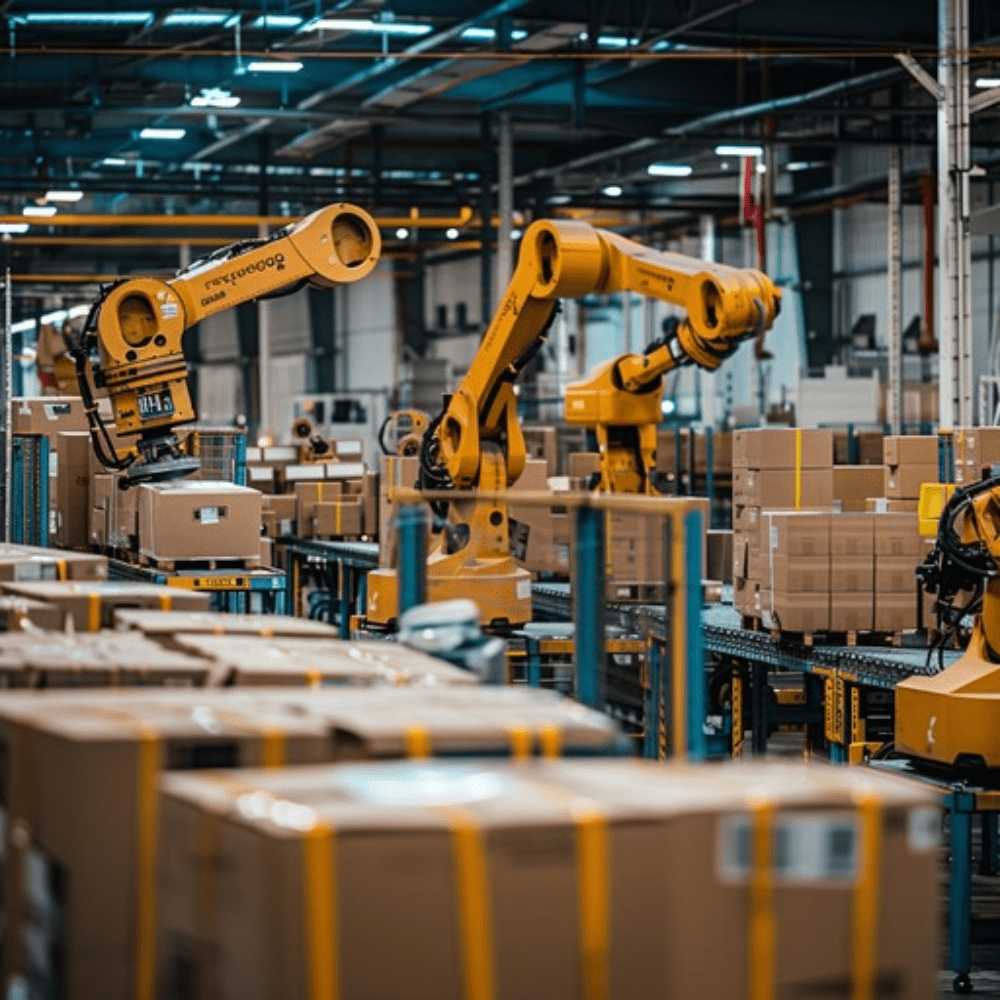Labor shortages continue to challenge the logistics industry, pushing companies towards automation and robotics to maintain efficiency.
Key Points:
- Automation: Implement robotic systems to handle repetitive tasks.
- Efficiency Gains: Increase productivity with automated processes.
- Reduced Dependency: Mitigate the impact of labor shortages.
To address the ongoing labor shortages in the logistics industry, companies are increasingly turning to automation and robotics. Implementing automated systems can significantly enhance productivity by taking over repetitive and labor-intensive tasks, allowing human workers to focus on more complex and value-added activities. This shift not only helps in maintaining operational efficiency but also in scaling up operations without proportionally increasing labor costs.
Robotic Process Automation (RPA) is particularly useful in streamlining warehouse operations. Technologies such as automated guided vehicles (AGVs) and robotic arms can handle tasks ranging from picking and packing to transportation within warehouses. These systems not only speed up processes but also reduce errors, thereby improving overall accuracy and efficiency.
In addition to adopting automation, investing in employee training and development is crucial. Upskilling workers to operate and manage new technologies can help retain valuable employees and reduce the dependency on new hires. Furthermore, creating a supportive work environment that emphasizes safety, well-being, and career growth can attract and retain talent in an increasingly competitive labor market.
Stay connected with us!
The News & Editing Department
Signature Global Network
www.signaturegln.com


